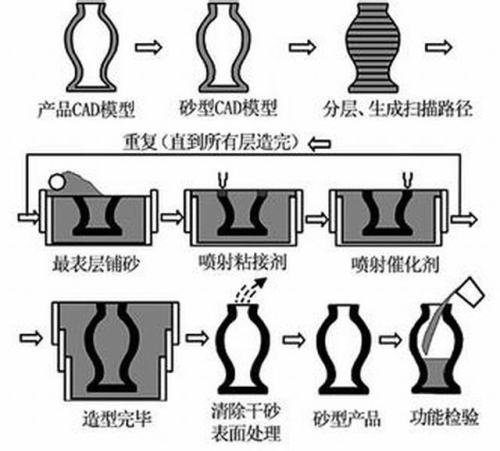Rapid Prototyping Technology

Rapid prototyping technology is a modern manufacturing technology developed in the mid and late 1980s. It is a general technical term for rapidly fabricating three-dimensional physical entities with arbitrary complex shapes driven by CAD models. Unlike traditional removal molding, rapid prototyping is a discrete stacking process. This process can be divided into discrete and stacked processes.
The basic principle: using layered cumulative hair, that is, using CAD modeling, STL file generation, hierarchical slicing and other steps for data processing, the use of computer-controlled molding machine to complete the body of the material manufacturing.
The basic process is: First of all, design the computer three-dimensional model (digital model, CAD model) of the required parts, and then according to the requirements of the process, according to a certain rule, the model is dispersed into a series of ordered units, usually pressed in the Z direction. Definite thickness for discrete (commonly known as layering), the original three-dimensional CAD model into a series of layers; then according to the contour information of each layer, input processing parameters, automatically generate NC code; finally formed by the forming machine A series of layers and automatically join them to get a three-dimensional physical entity.
Features: rapidity, high flexibility, independence from complexity, integration of design and manufacturing, and extensive materials.
At present, there are more than a dozen molding methods for rapid prototyping technology. Each method has its own characteristics and practical range. The more mature and commercial molding methods are: three-dimensional light curing molding, layered solid manufacturing, selective laser sintering, fused deposition molding.
PP/PE/PVC wall corrugated pipe extrusion machine
zhangjiagang sevenstars machinery co.,ltd , https://www.zjgsevenstarsmachinery.com